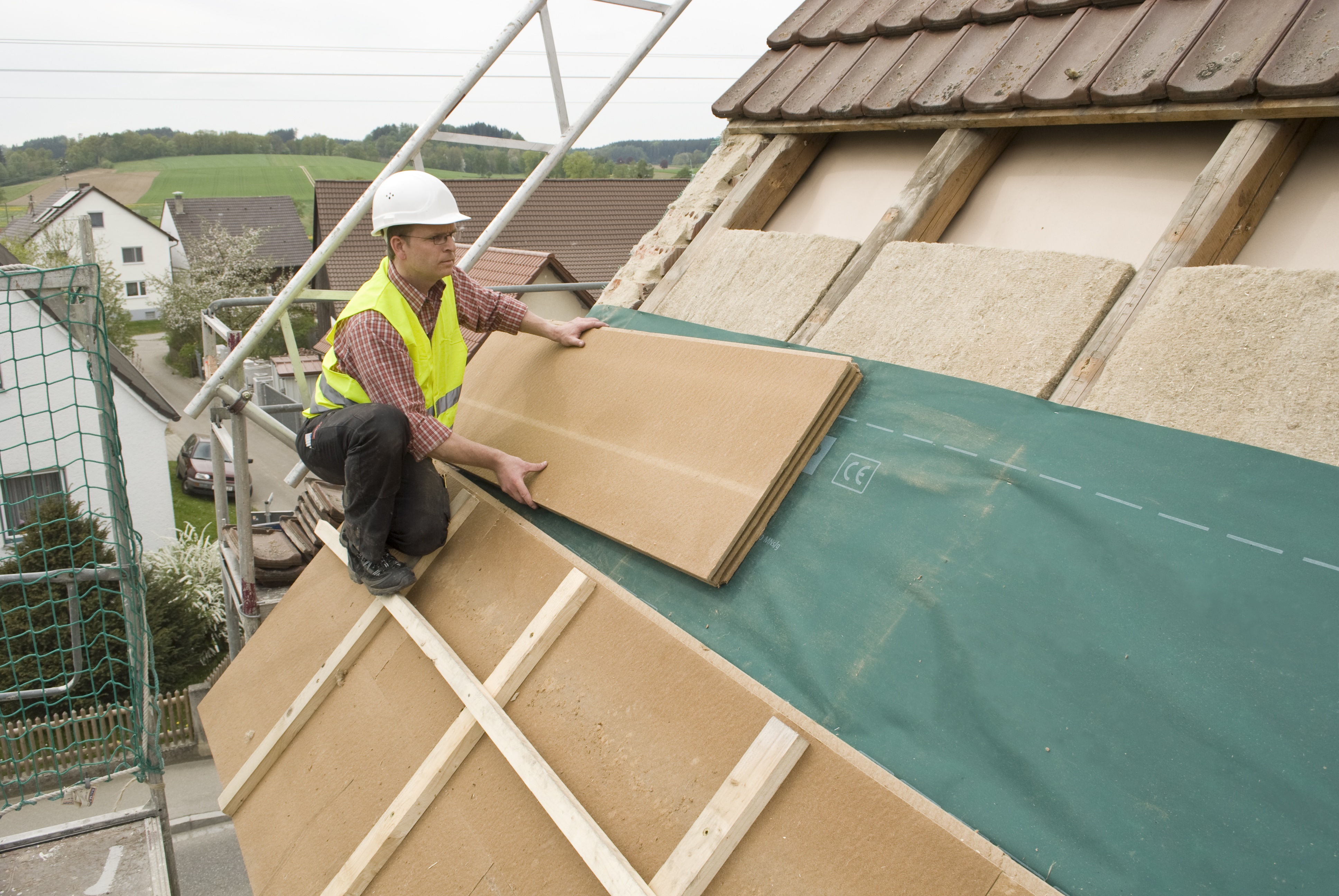
Building a healthy environment for future generations
A healthy building prioritises the health of its environment and the physical and mental health of its occupants. Healthy buildings are frequently constructed using natural materials, ensuring higher energy efficiency and overall, establishing a sustainable and resilient structure.
As of 2019, it is estimated that within 30 years, the UK’s current housing market will make up 80% of the entire nation’s supply of houses[i]. This gives us until 2050 to improve the way we construct new buildings, and retrofit existing buildings, to provide a healthy environment for future generations.
The benefits of healthy building
Currently, buildings account for around 35% of global resources and 40% of energy use, as well as producing around 40% of global carbon emissions[ii]. These numbers can be significantly reduced through the application of healthy building materials, processes and techniques.
- Higher indoor air quality
When building a healthy home, greater consideration is given to improve the quality of its internal environment.
As natural materials are breathable and vapour-permeable, they facilitate the air-exchange between the internal and external environments, enabling water to escape, avoiding the build-up of mould or condensation.
Natural materials also act to reduce the level of toxic fumes within a building, as they will not release the same pollutants as their synthetic alternatives.
- Improved energy efficiency
Natural materials, such as wool or woodfibre, have high thermal efficiency – which remains constant, even while absorbing and releasing moisture from the building’s internal environment. This contributes to a much warmer, internal environment, reducing the need for artificial heat, even in the colder months.
Additionally, as healthy buildings maximise natural light – helping to improve productivity, focus and regulate sleep cycles – there is also a reduced need for artificial light.
By decreasing occupants’ reliance on excess energy within their homes or workplaces, healthy buildings have reduced carbon emissions.
- Carbon storage properties
Natural materials – in particular woodfibre – also have the potential for carbon capture and storage (CSS).
CSS is the process of capturing and storing carbon dioxide before it is released into the atmosphere. The technology has the capability to capture up to 90% of CO2[iii] released by burning fossil fuels in electricity generation and industrial processes such as cement production.
Trees sequester carbon during their lifetime, pulling CO2 from the atmosphere and storing it in their branches, trunk and leaves. The CO2 is then stored within the structure of a timber building in areas such as woodfibre insulation. The carbon will be re-released into the atmosphere when wood comes to the end of its life – through burning or decomposition. Using reclaimed or recycled wood products – wherever possible – can prolong the carbon sequestration.
- Increased sustainability
Natural materials are also sustainable. They don’t deplete natural resources. They have no harmful effect on the environment because they can be renewed – grown again without any adverse impact on the environment.
The foundations of your thinking
As people spend around 80% of their time indoors[iv], it’s essential we consider the impact of our buildings have on our physical and mental health. However, there is currently no legal standard in UK Building Regulations which stipulates how a building should perform to enhance the health of its occupants.
There are optional standards, such as the WELL Building Standard, which outline the key things to consider when building a healthy building. The WELL Standard is presented in the form of a performance-based rating system for measuring, certifying and monitoring features that have an impact on human health and wellness in the built environment. The categories that are rated include air, water, nourishment, light, fitness, comfort and mind.
A healthy building is formed from pulling together all aspects of design, specification and construction. It should consider the following:
- Air quality
- Ventilation
- Acoustics
- Natural lighting
- Energy efficiency
- Durability/resilience
Fundamentally, a healthy building aims to have as little impact on the environment as possible, high energy efficiency and be carbon neutral or carbon negative.
Building to secure a healthy future
The construction industry needs to transform if it’s to play its part in tackling climate change. It has been identified as one of the key sectors in need of an overhaul, to achieve the 2020 global targets of the EU[v]. In the EU alone, buildings are responsible for a third of greenhouse gas emissions globally.
The responsibility falls at the feet of the entire construction industry – from architects and designers, through to builders – to drive the need to change and minimise the impact our buildings have on our environment. Making buildings healthy is key to achieving this.
The advantages of healthy building go way beyond protecting our environment and securing a healthy planet for future generations. A planet laden with healthy buildings will have cleaner air, reduced carbon emissions and – most importantly – healthy and happy people.
Are you interested in learning more about the healthy building? Sign up to the Supporting Healthy Buildings newsletter at www.steico.com/en/news/campaign/.

